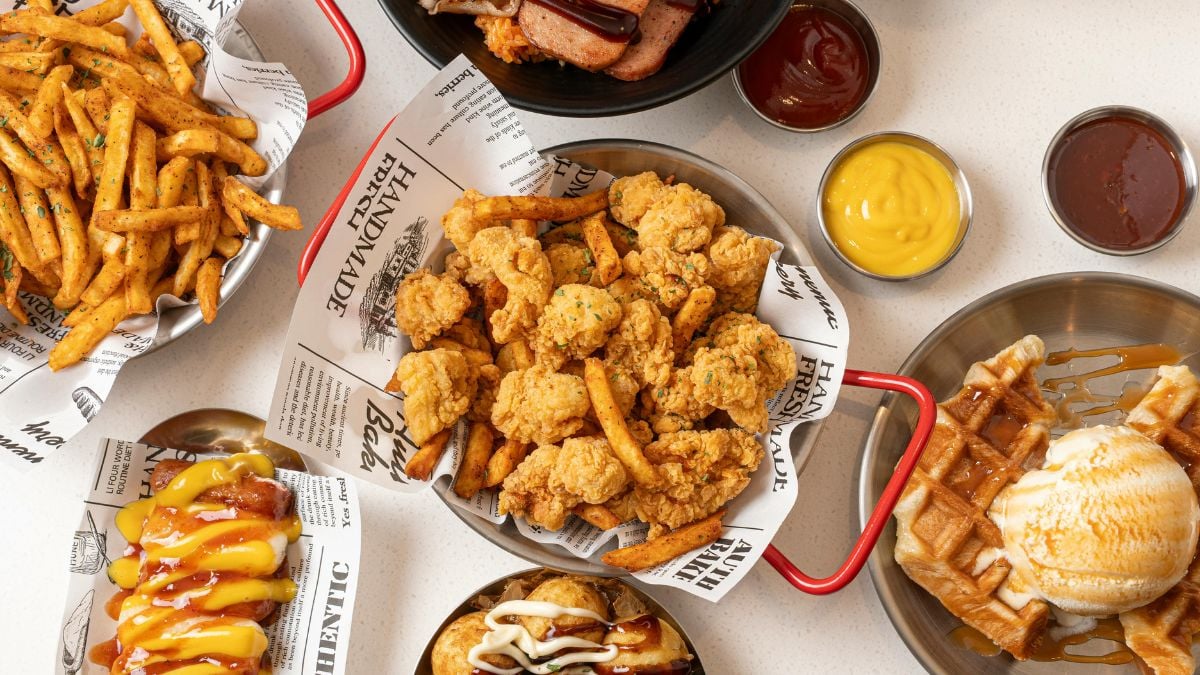
Once upon a time, fast food was the cheapest way to fill up quickly. Today, many Americans say it feels more like a splurge than a bargain. Prices on fan-favorite menu items have skyrocketed over the past decade, with some chains doubling costs. From McDonald’s to Taco Bell, the drive-thru is no longer a budget stop. Here’s a breakdown of which chains raised prices the most, why it’s happening, and what it could mean for your next combo meal.
McDonald’s Doubled Its Prices in a Decade
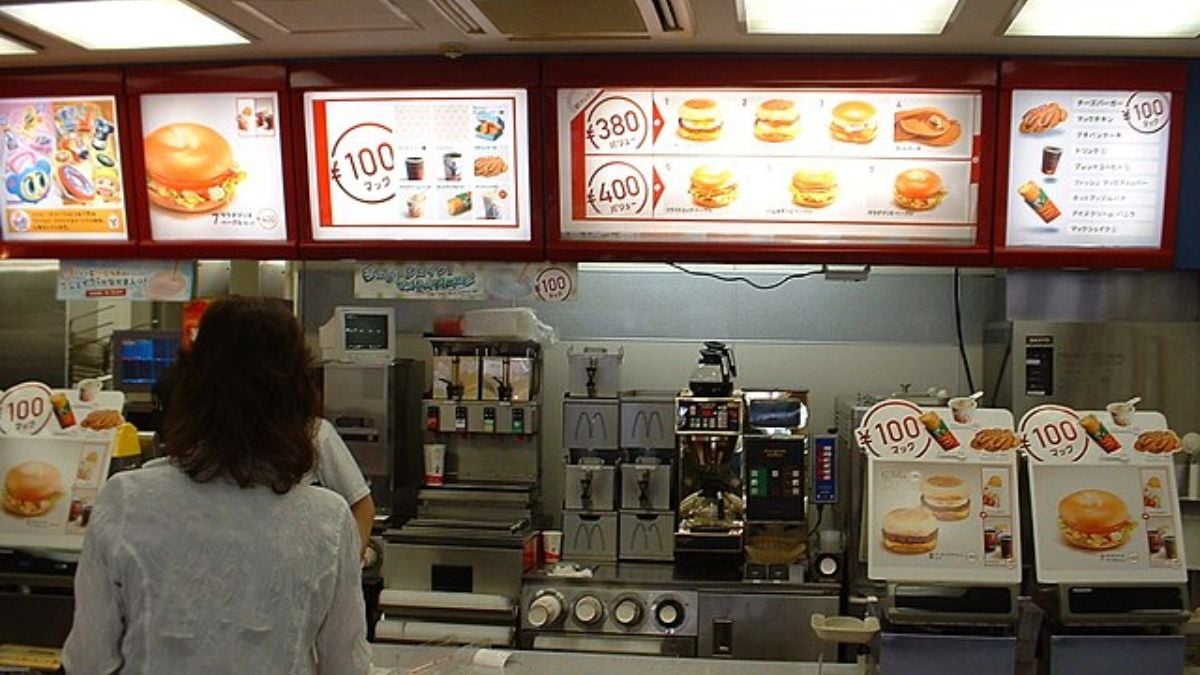
McDonald’s takes the crown for the steepest price hikes in the U.S. A Quarter Pounder with Cheese Meal that cost $5.39 in 2014 now rings up at $12—a jaw-dropping 122% increase. Even Happy Meals aren’t safe, climbing 67% over the same period. For families who once counted on Mickey D’s as an affordable outing, the value just isn’t what it used to be.
Popeyes Chicken Dinner Costs Nearly $14
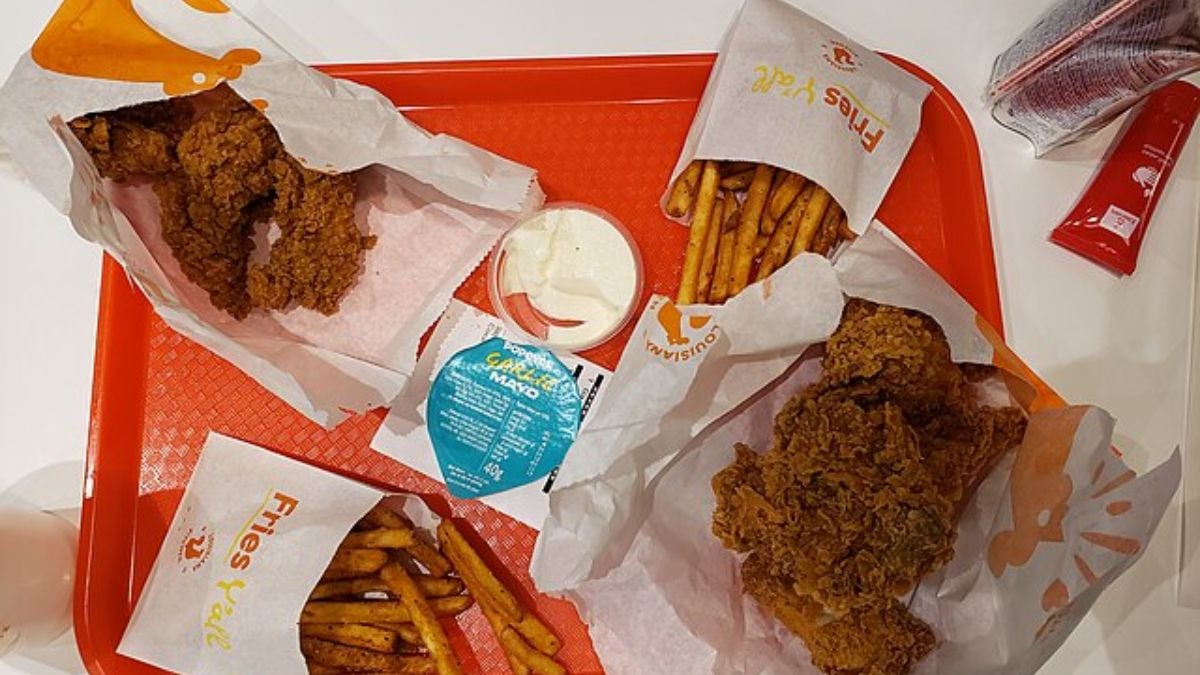
Popeyes has long been known for hearty portions, but now you’ll pay dearly for them. In 2014, a four-piece chicken dinner was just $7. Ten years later, that same meal is $13.79—almost double the price. Their Popcorn Shrimp Combo also saw a staggering 94% increase, making this chain one of the worst offenders for inflation.
Taco Bell Leads With 132% Price Hike
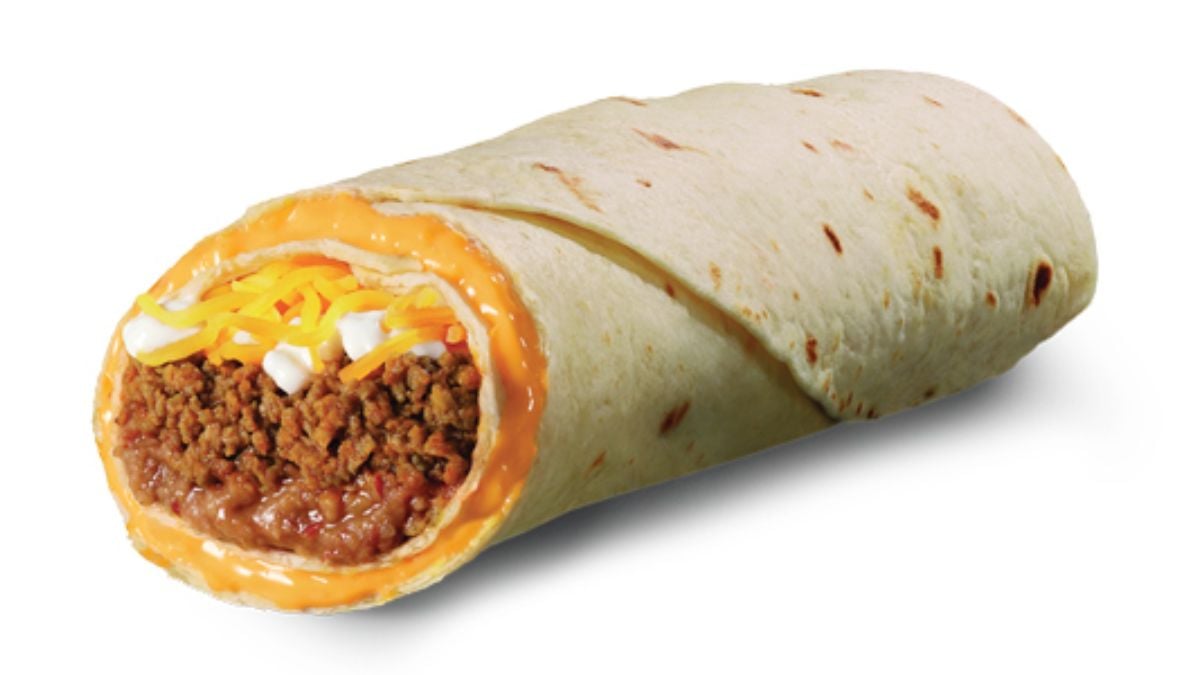
The so-called budget-friendly Taco Bell isn’t living up to its cheap reputation. The Beefy 5-Layer Burrito jumped 132% in cost between 2014 and 2024. Even classics like the Gordita Crunch rose by 100%. For late-night snackers who once turned to Taco Bell for a cheap fix, the price tags are starting to sting.
Fast Food in Canada Isn’t Any Better

The U.S. isn’t the only place where drive-thru costs have skyrocketed. In Canada, McDonald’s prices have surged nearly 140% over the past decade. Panera and Wendy’s also ranked among the most inflated chains north of the border. For Canadian customers, grabbing a quick bite feels just as expensive as sitting down in a casual restaurant.
Survey Says: Fast Food Feels Like a Luxury

A LendingTree survey revealed that 78% of Americans now see fast food as a luxury, not a cheap convenience. Nearly half of respondents said their local fast food prices are on par with sit-down restaurants. Shockingly, 22% even believe it’s more expensive than casual dining. The once “affordable” drive-thru has officially lost its bargain status.
Inflation Hits Food Across the Board
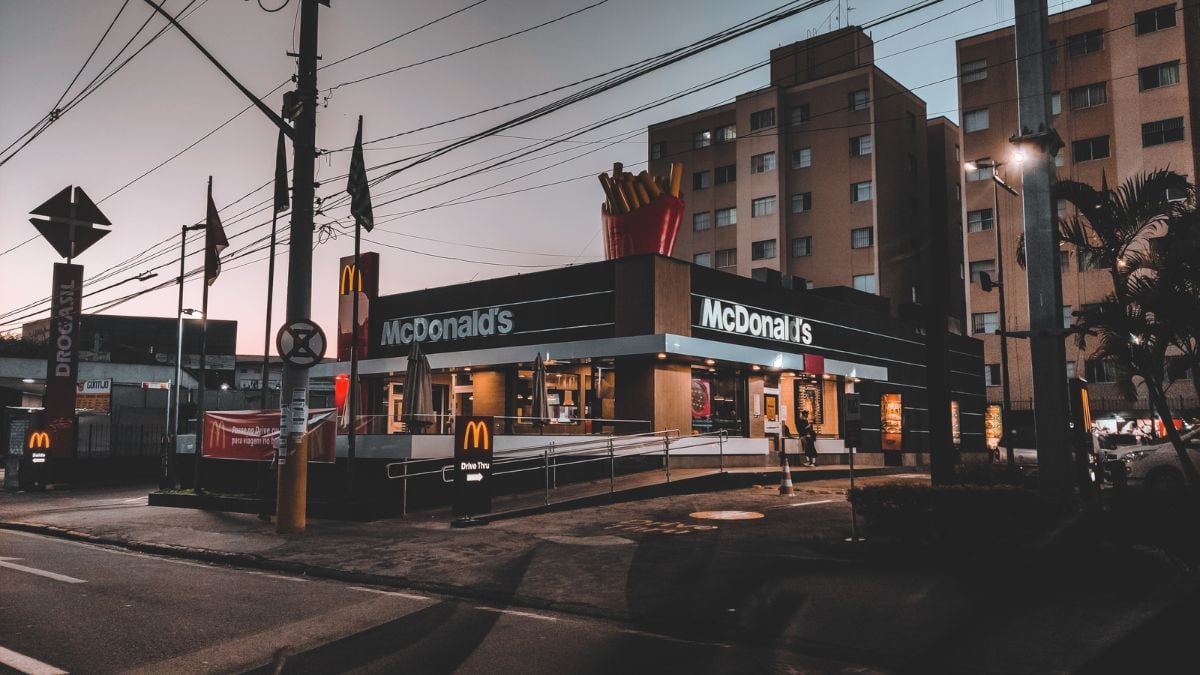
Economists say fast food inflation is just one piece of a larger puzzle. The Consumer Price Index shows that “food away from home” costs rose 3.4% in the past year. Sit-down restaurants and fast-food chains both raised prices at similar rates. The difference is that fast food was once so cheap, its rising costs stand out more dramatically to customers.
Rising Wages Add Pressure to Prices

One factor behind the higher bills? Labor. Post-pandemic wage growth for low-wage workers, especially in fast food, has been among the fastest. Higher pay for employees means higher menu prices for customers. What feels like sticker shock at the register is partly the cost of fairer wages.
Meat and Egg Prices Skyrocket

Food costs are another major culprit. Between January 2024 and January 2025, cattle prices increased over 20%, while wholesale beef jumped 15%. Eggs surged a jaw-dropping 183%, driven in part by bird flu outbreaks. When the cost of key ingredients climbs, menu boards at fast food chains inevitably follow.
Tariffs Push Prices Even Higher

Recent U.S. tariffs against Mexico, Canada, and China are piling on extra costs. A 25% tariff against Mexico and Canada and a 20% tariff against China mean higher prices for imported goods. Since Mexico and Canada supply huge shares of U.S. produce and animal products, the effects hit food chains hard. And as always, those costs roll down to consumers.
Imports From Mexico and Canada Impact Menus
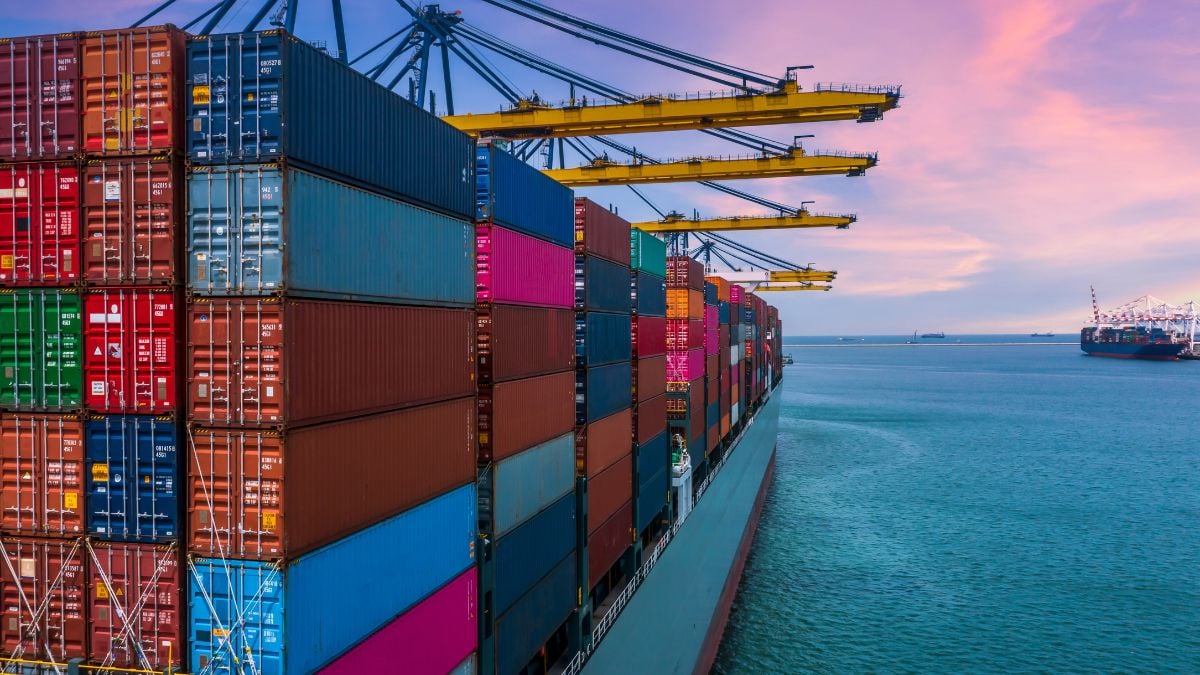
The U.S. relies heavily on imports for everyday ingredients. Over 70% of agricultural imports come from Mexico, including staples like fruits, veggies, and avocados. Canada supplies nearly 20% of America’s animal products. When tariffs raise the costs of these essentials, fast food chains have little choice but to pass the burden onto customers.
Why Fast Food Feels Worse Than Casual Dining
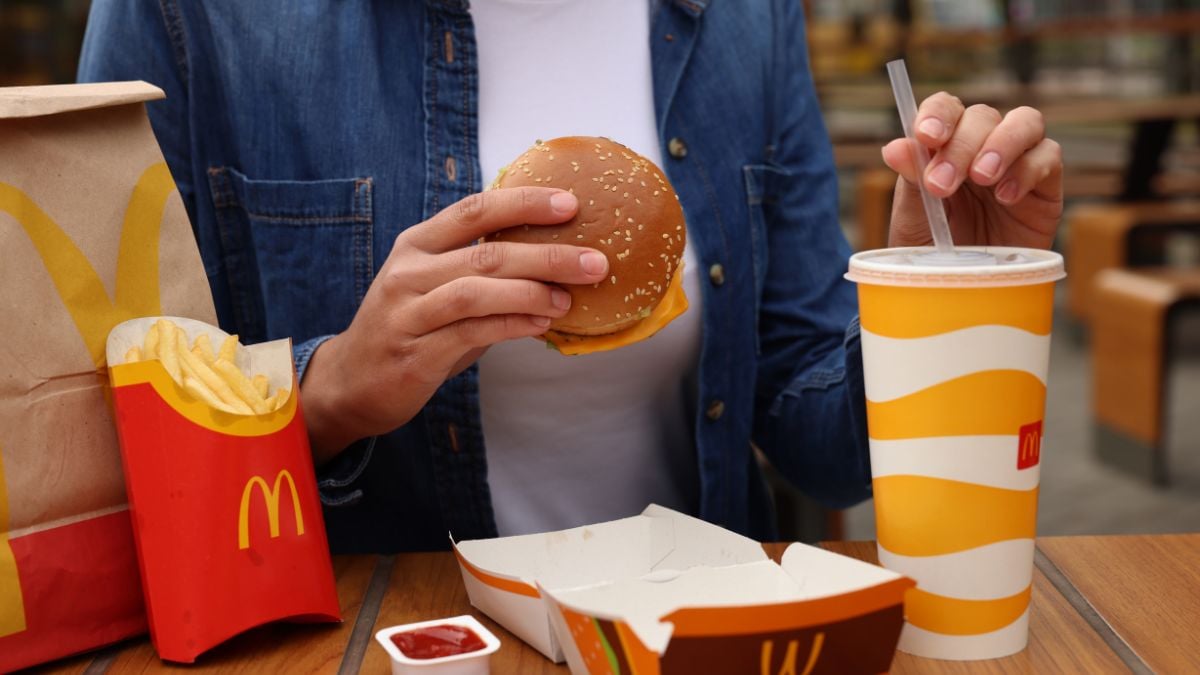
It may seem like McDonald’s is outpacing Olive Garden in price hikes, but the reality is different. Both limited-service and full-service restaurants increased prices at similar rates. The key difference is perception—fast food used to be dirt cheap, so today’s costs look shocking by comparison.
Will Prices Keep Rising in 2025?

Experts say it’s too soon to call. Future fast food prices will depend on labor costs, food supply, and government policy. For now, inflation isn’t unique to fast food—it’s everywhere in dining. But with the drive-thru no longer the cheap option it once was, more people may rethink how often they pull up to the window.
More Americans Are Choosing to Cook at Home

With fast food and sit-down meals both rising in price, home cooking is looking more attractive. The USDA projects food-at-home costs to rise about 3.3% in the next year—still cheaper than eating out. For budget-conscious families, the kitchen may once again become the most affordable “restaurant” in town.

